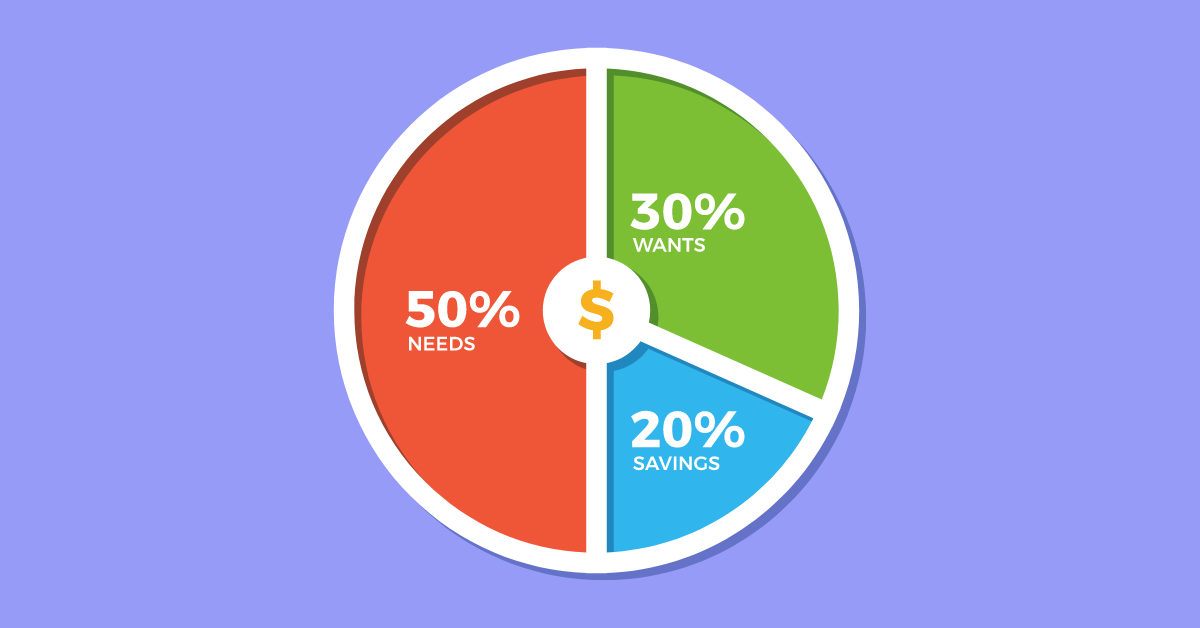Now Reading: 50/30/20 Rule: A Simple Way to Manage Your Money Effectively
-
01
50/30/20 Rule: A Simple Way to Manage Your Money Effectively
50/30/20 Rule: A Simple Way to Manage Your Money Effectively

If you struggle with managing your finances, the 50/30/20 rule offers a simple, effective budgeting strategy. This method helps you allocate your income wisely by dividing it into three key categories – needs, wants, and savings. Let’s break down how it works.
What Is the 50/30/20 Rule?
This rule is a budgeting guideline that divides your income into three main categories:
- 50% for Needs: Essentials like rent, groceries, utilities, and healthcare.
- 30% for Wants: Non-essentials such as dining out, entertainment, and shopping.
- 20% for Savings: Emergency fund, retirement contributions, and debt repayment.
Why Use the 50/30/20 Rule?
- Simplicity: Easy to implement and maintain.
- Flexibility: Adaptable to any income level.
- Financial Balance: Ensures both financial security and lifestyle enjoyment.
How to Apply the 50/30/20 Rule
Calculate Your After-Tax Income:
- Determine your net income after taxes and deductions.
Allocate 50% to Needs:
- Rent/Mortgage
- Groceries
- Utilities
- Insurance
- Transportation
Assign 30% to Wants:
- Dining out
- Entertainment subscriptions
- Travel
- Shopping
Save 20% for Financial Goals:
- Emergency fund
- Retirement savings
- Debt repayment
Adjusting the 50/30/20 Rule for Your Lifestyle
- High Rent or Mortgage Costs: If your housing expenses exceed 50%, consider reducing your “wants” spending.
- Paying Off Debt: Allocate more than 20% to savings or debt repayment until you’re financially stable.
- Saving for a Big Purchase: Temporarily reduce “wants” and increase savings.
Benefits of the 50/30/20 Rule
- Financial Awareness: Understand where your money goes.
- Debt Reduction: Prioritize savings and debt repayment.
- Financial Flexibility: Maintain a balanced lifestyle without overspending.
Common Mistakes to Avoid
- Not Adjusting for Income Changes: Update your budget if your income fluctuates.
- Ignoring Unexpected Expenses: Allocate a portion of savings for emergencies.
- Confusing Needs vs. Wants: Be honest about what is essential.
Take Control of Your Finances
This rule simplifies budgeting and promotes financial stability. By allocating 50% to needs, 30% to wants, and 20% to savings, you can effectively manage your money, reduce debt, and achieve your financial goals.















